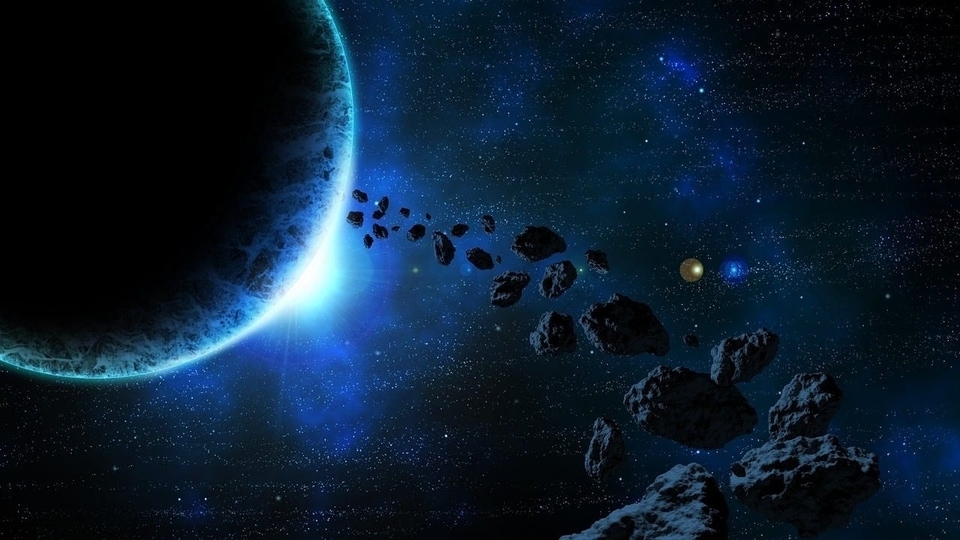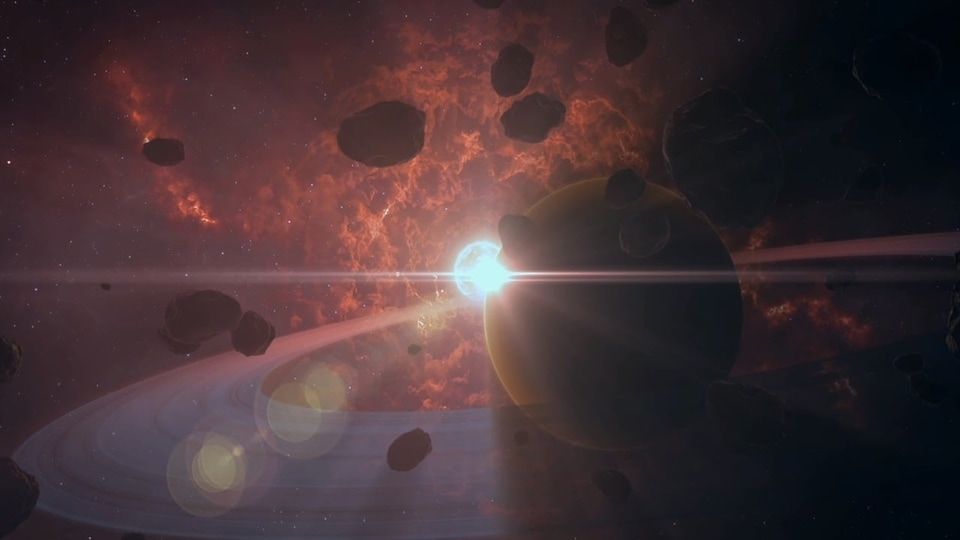NASA’s Juno spacecraft captures mesmerizing image of Jupiter's moon Io; Know what experts said
NASA’s Juno spacecraft made a close flyby to Jupiter's moon Io, sharing a mind-blowing image of the volcanic moon from the best angle.






 View all Images
View all ImagesNASA has been conducting crucial space missions to explore the wonders of outer space and our solar system. NASA is closely monitoring the Jupiter mission, which has so far made 56 flybys of the planet and has made close flybys of three of its moons. Now, NASA has shared an image of Jupiter's moon Io which was captured during the Juno spacecraft flyby. The image has stunned the viewers with the spacecraft capturing its volcanic state and the image reveals a close look towards the moon's surface. This study and revelation can tell a lot about many mysteries of the solar system, which is yet to be discovered. Know what the experts are saying about the recent encounter with the Juno spacecraft.
The image was taken with the help of the JunoCam instrument installed in the spacecraft. The camera captured a total of six images of Jupiter's moon Io.
We are now on WhatsApp. Click to join.
Juno spacecraft captures Jupiter's moon Io
NASA made an X post by sharing a mesmerizing image of Jupiter's moon Io in a black and white form. The image was captured by the Juno spacecraft during its close flyby of Jupiter's moon Io. The spacecraft was only 2500 kilometres away from the surface of Io which is the closest distance any spacecraft has made in the last 20 years. NASA claims the moon is a “volcanic world in our solar system” due to its active volcanic activities. NASA has collected various sorts of data about the Volcanic moon which may reveal more about its state.
Juno's principal investigator, Scott Bolton of the Southwest Research Institute in San Antonio, Texas said, “By combining data from this flyby with our previous observations, the Juno science team is studying how Io's volcanoes vary. We are looking for how often they erupt, how bright and hot they are, how the shape of the lava flow changes, and how Io's activity is connected to the flow of charged particles in Jupiter's magnetosphere”
Now, according to the reports, the spacecraft will again attempt a close flyby on Feb. 3, 2024.
Catch all the Latest Tech News, Mobile News, Laptop News, Gaming news, Wearables News , How To News, also keep up with us on Whatsapp channel,Twitter, Facebook, Google News, and Instagram. For our latest videos, subscribe to our YouTube channel.































